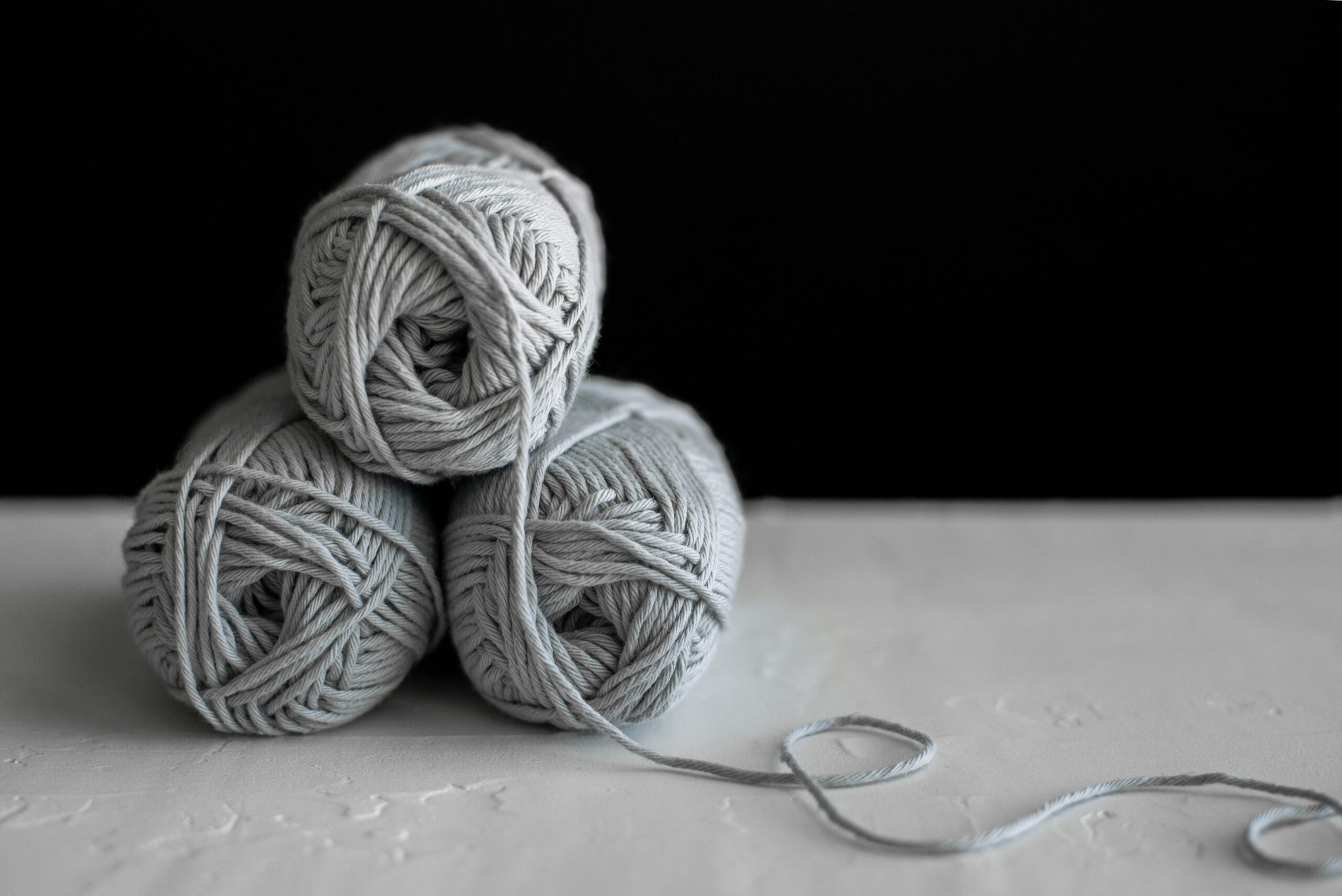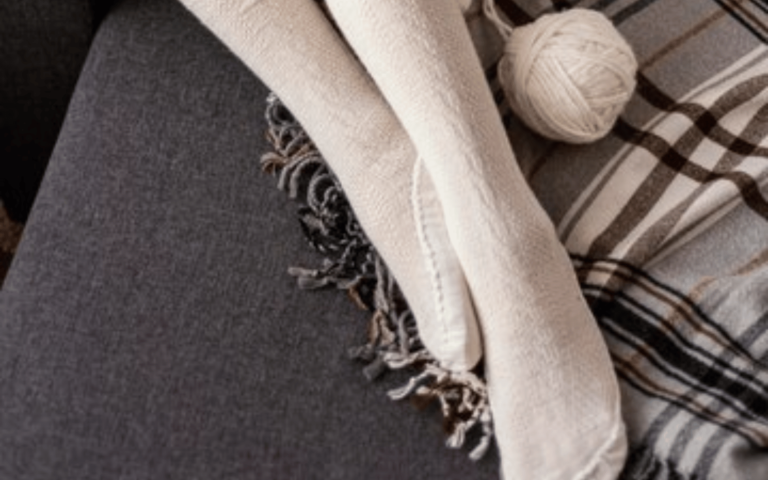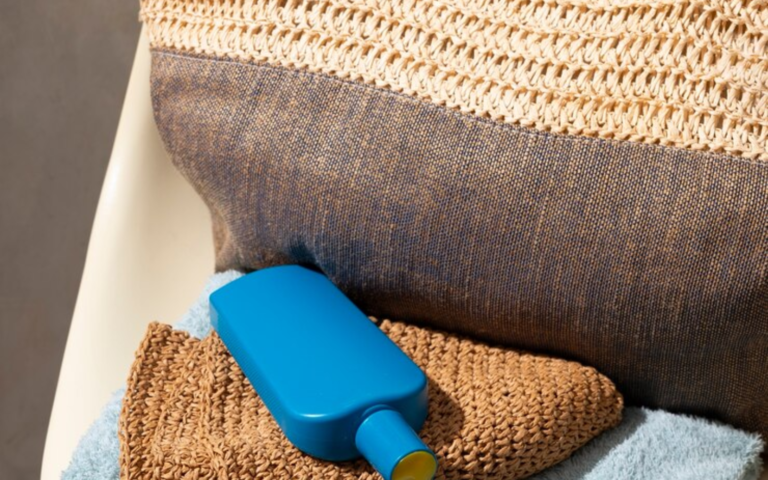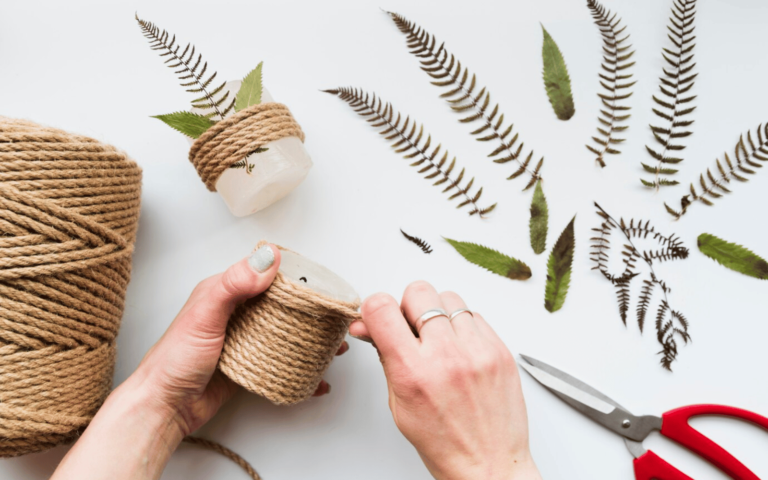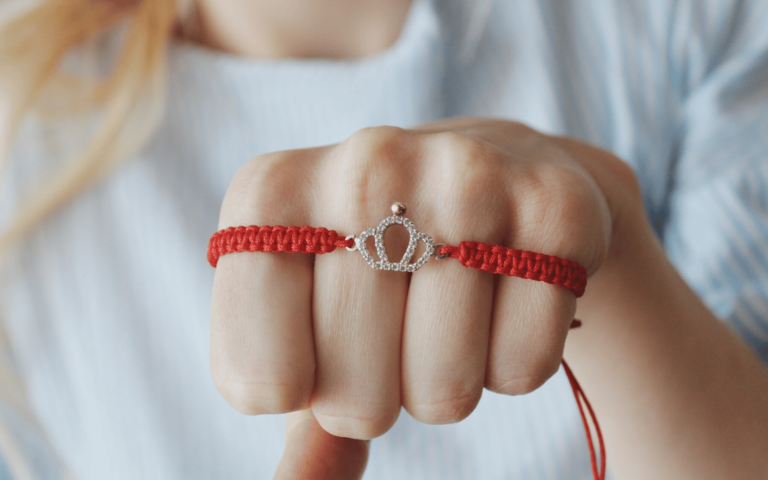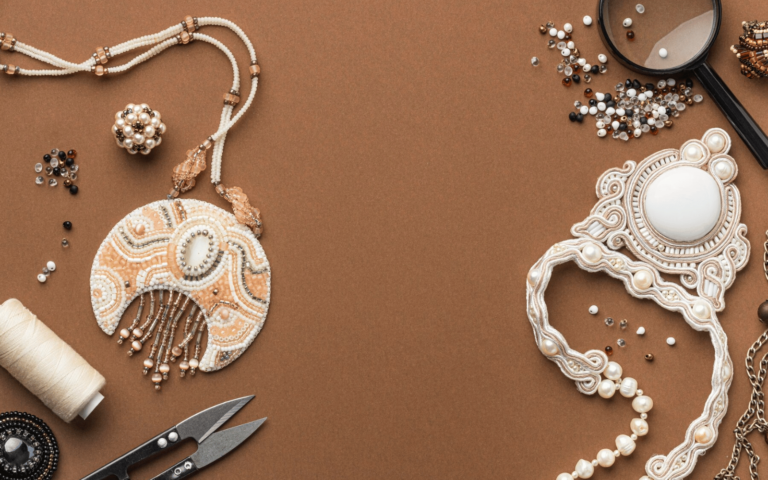Exploring Irish Crochet: Timeless Elegance and Detailed Patterns
Irish Crochet is a craft characterized by its intricate beauty, historical significance, and enduring sophistication.
This article provides an in-depth exploration of the origins and development of Irish Crochet as an artistic tradition, along with an overview of the essential materials and tools required for creating exquisite pieces.
Novice practitioners will benefit from detailed, step-by-step guidance on fundamental stitching techniques, while experienced artisans can explore a range of popular patterns, encompassing both traditional and contemporary styles.
Furthermore, we investigate the integration of Irish Crochet into fashion and home décor, offering insights into the care and maintenance necessary to preserve the aesthetic allure of crafted items.
Embark on a captivating journey through the realm of Irish Crochet, where intricate patterns and elegant designs await exploration.
The History of Irish Crochet
Irish Crochet, a craft renowned for its timeless elegance and intricate artistry, boasts a storied history that traces back to the 19th century in Ireland. Firmly grounded in traditional techniques and cultural heritage, this distinctive form of needlework has undergone evolution across the years, preserving its exquisite allure and intricate patterns.
The delicate lacework, characterized by intricate knots and loops, initially served as a practical remedy during the Irish famine. However, it swiftly garnered acclaim for its stunning and elaborate designs, emerging as an emblem of creativity and fine craftsmanship.
Origins and Evolution of the Craft
The origins of Irish Crochet can be traced back to the 19th century, a period marked by the emergence of this craft as a means of survival during the Great Irish Famine.
During a time when numerous families faced financial hardships, Irish Crochet offered women an avenue to contribute monetarily to their households by selling their elaborate lace creations. Initially, Irish Crochet lace served as embellishments for clothing and household items, enhancing the otherwise simple and utilitarian objects with a touch of sophistication and opulence.
As the art of Irish Crochet gained traction, it evolved beyond mere adornment to become a mode of artistic expression. Skilled artisans integrated intricate motifs and designs inspired by nature and Celtic symbolism into their creations, adding depth and creativity to the craft.
The meticulous technique and delicate allure of Irish Crochet lace distinguished it from other forms of lace-making and garnered a reputation for exceptional craftsmanship and timeless elegance.
Materials and Tools for Irish Crochet
The creation of intricate designs in Irish Crochet necessitates the use of specific materials and tools that play a vital role in the craftsmanship and detailed artistry inherent in this traditional needlework.
Fundamental supplies encompass fine crochet hooks, delicate threads, and pattern books that serve as guides for artisans in the creation of intricate, handmade lace pieces. The careful selection of high-quality materials is essential in guaranteeing the enduring elegance and exquisite quality of each crochet piece, serving as a testament to the skill and dedication of the craftsmen involved.
Essential Supplies and Where to Find Them
Commencing the journey into Irish Crochet necessitates the acquisition of essential supplies, including fine crochet hooks, high-quality thread, and detailed pattern books.
Fine crochet hooks play a pivotal role in the creation of intricate lacework and delicate motifs that are characteristic of Irish Crochet. Opting for hooks with smooth edges and comfortable grips is recommended to ensure precision and ease during project work. Additionally, the quality of the thread used is paramount, as it significantly influences the final appearance and texture of crocheted pieces. It is advisable to select durable threads available in a diverse range of colors to enhance the visual appeal of designs.
Detailed pattern books serve as invaluable resources, offering comprehensive instructions, stitch guides, and design inspirations essential for mastering the art of Irish Crochet. For superior quality supplies, it is advisable to explore specialty craft stores or reputable online retailers that cater specifically to crochet enthusiasts.
Basic Stitches and Techniques
Acquiring proficiency in the fundamental stitches and techniques of Irish Crochet serves as the cornerstone for producing its intricate and finely detailed patterns. These stitches, which encompass the chain stitch, slip stitch, and double crochet, constitute the essential elements of the elaborate designs that define this traditional form of needlework.
Comprehensive tutorials and detailed, step-by-step instructions serve as valuable resources for novices, assisting them in honing the necessary skills to create exquisite lacework.
Step-by-Step Instructions for Beginners
To lay a solid foundation for beginners, it is imperative to commence with step-by-step guidance on fundamental Irish Crochet stitches, including the chain stitch and single crochet.
These rudimentary stitches serve as the cornerstone for more elaborate Irish Crochet patterns. It is essential to grasp the concepts of tension and gauge while honing these stitches to achieve a polished and professional outcome.
For an enriched learning experience, it is advisable to explore video tutorials or pattern books tailored specifically for novice crocheters, thereby looking into the realm of Irish Crochet. Additionally, visual aids like diagrams can greatly assist in elucidating the complexities of each stitch.
By investing time and effort in mastering these foundational techniques, individuals will expeditiously progress towards creating exquisite Irish Crochet pieces.
Popular Patterns in Irish Crochet
Irish Crochet features a diverse collection of popular patterns that span from traditional to contemporary designs, each exhibiting elaborate motifs and exquisite floral patterns. The versatility and creativity of this needlecraft are accentuated through these patterns, enabling craftsmen to produce both enduring pieces and modern variations. Whether incorporating classic floral and leaf motifs or pioneering geometric designs, the artistry inherent in Irish Crochet offers limitless inspiration for the creation of distinctive and finely crafted items.
Traditional and Modern Designs
Traditional Irish Crochet designs frequently include motifs such as flowers and leaves, with contemporary adaptations incorporating geometric patterns and modern elements.
The traditional Irish Crochet designs are characterized by their intricate lacework and elaborate motifs inspired by nature, reflecting elegance and heritage. These designs often feature common motifs like shamrocks, Cluny lace, and lily of the valley, demonstrating the craftsmanship and precision required in crafting each piece.
Conversely, modern interpretations of Irish Crochet have adopted a more diverse approach, combining traditional methods with innovative elements. Contemporary designers explore vibrant colors, asymmetrical forms, and unconventional materials to infuse new vitality into this long-standing art form, ensuring its relevance in today’s fashion realm.
Incorporating Irish Crochet into Fashion and Home Decor
The integration of Irish Crochet into fashion and home decor presents a distinctive method of incorporating elegance and handmade artistry into daily living. The intricate patterns and delicate lace characteristic of Irish Crochet can elevate various aspects of life, ranging from refined garments and sophisticated accessories to ornamental home decor pieces. This creative utilization not only demonstrates the adaptability of this traditional craft but also underscores its capacity to introduce sophistication and individuality to both the realms of fashion and interior design.
Ideas and Inspiration for Using Irish Crochet
Integrate Irish Crochet techniques into your attire by incorporating delicate lace accents into dresses, tops, and accessories to introduce a touch of sophistication.
When exploring the incorporation of Irish Crochet lace into your wardrobe, one may opt to enhance the hem of a flowing summer dress with intricate detailing, thereby imparting a bohemian allure to the overall look. Additionally, for a contemporary interpretation, the juxtaposition of a structured blazer with a camisole featuring lace trim can create a refined and feminine appearance.
Regarding accessories, the addition of a crochet lace choker or hair adornment can promptly elevate a casual ensemble. Furthermore, extending beyond the realm of fashion, one may infuse the allure of Irish Crochet into home decor by utilizing lace doilies as chic table accents or introducing lace pillow covers for an inviting and stylish aesthetic.
Tips for Care and Maintenance of Irish Crochet Pieces
It is imperative to observe meticulous care and maintenance practices for Irish Crochet pieces to safeguard their aesthetic appeal and uphold their status as heirloom-quality items. These intricately crafted handmade artifacts necessitate delicate handling and adherence to precise care procedures in order to uphold the integrity of their elaborate patterns and exquisite workmanship. Adhering to prescribed preservation techniques is essential for the perpetual preservation of the beauty and elegance of Irish Crochet creations across successive generations.
Preserving the Beauty and Quality of Your Creations
To maintain the aesthetic appeal and longevity of Irish Crochet creations, it is imperative to adhere to proper storage and handling procedures.
When storing Irish Crochet pieces, it is recommended to place them in a clean and dry environment that is shielded from direct sunlight and excessive humidity. It is advised to refrain from folding or hanging the pieces to prevent any potential stretching or distortion of the intricate patterns.
For cleaning purposes, a gentle hand wash using mild detergent and cold water is suggested, followed by laying the items flat to dry. To safeguard the detailed craftsmanship and intricacies of the pieces, it is advisable to wrap them in acid-free tissue paper prior to storing them in a breathable fabric bag or container. Regular inspection and refolding of the items are encouraged to mitigate creasing and uphold their pristine condition.

